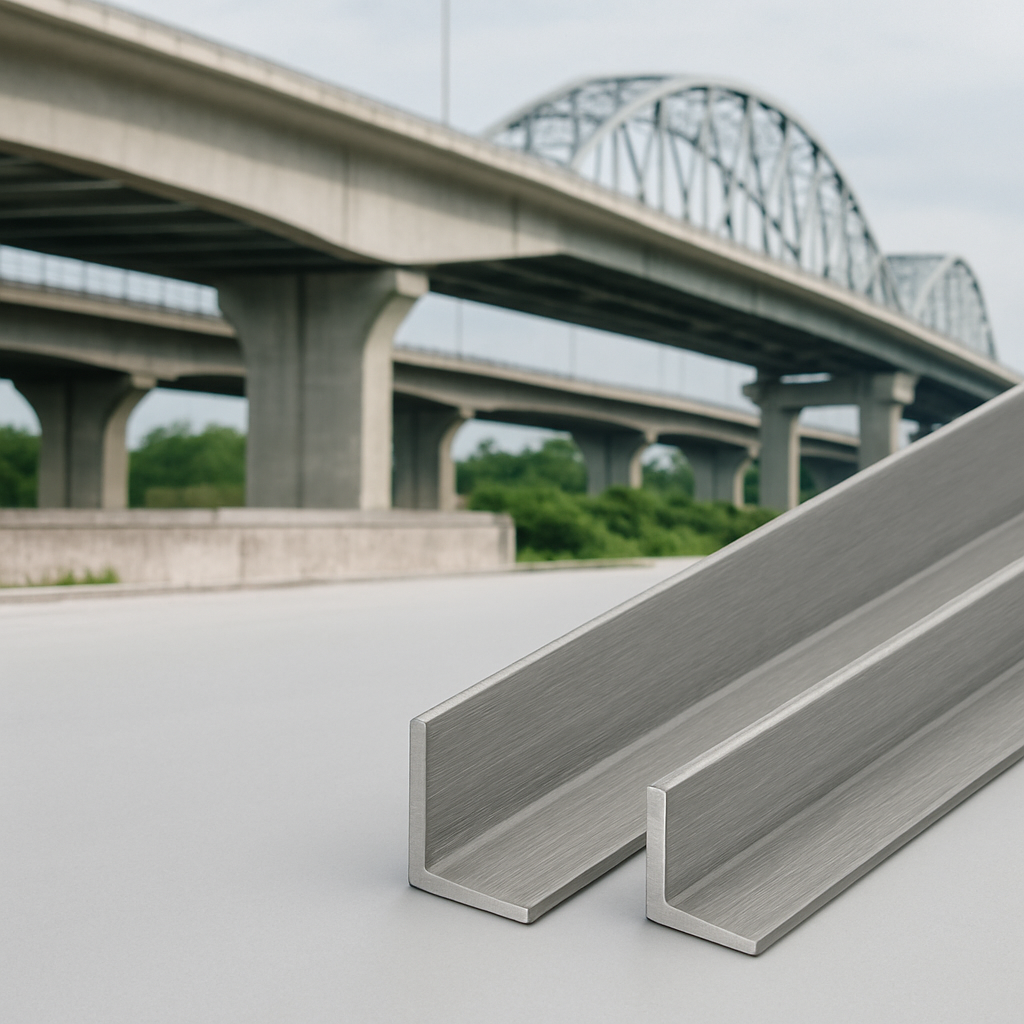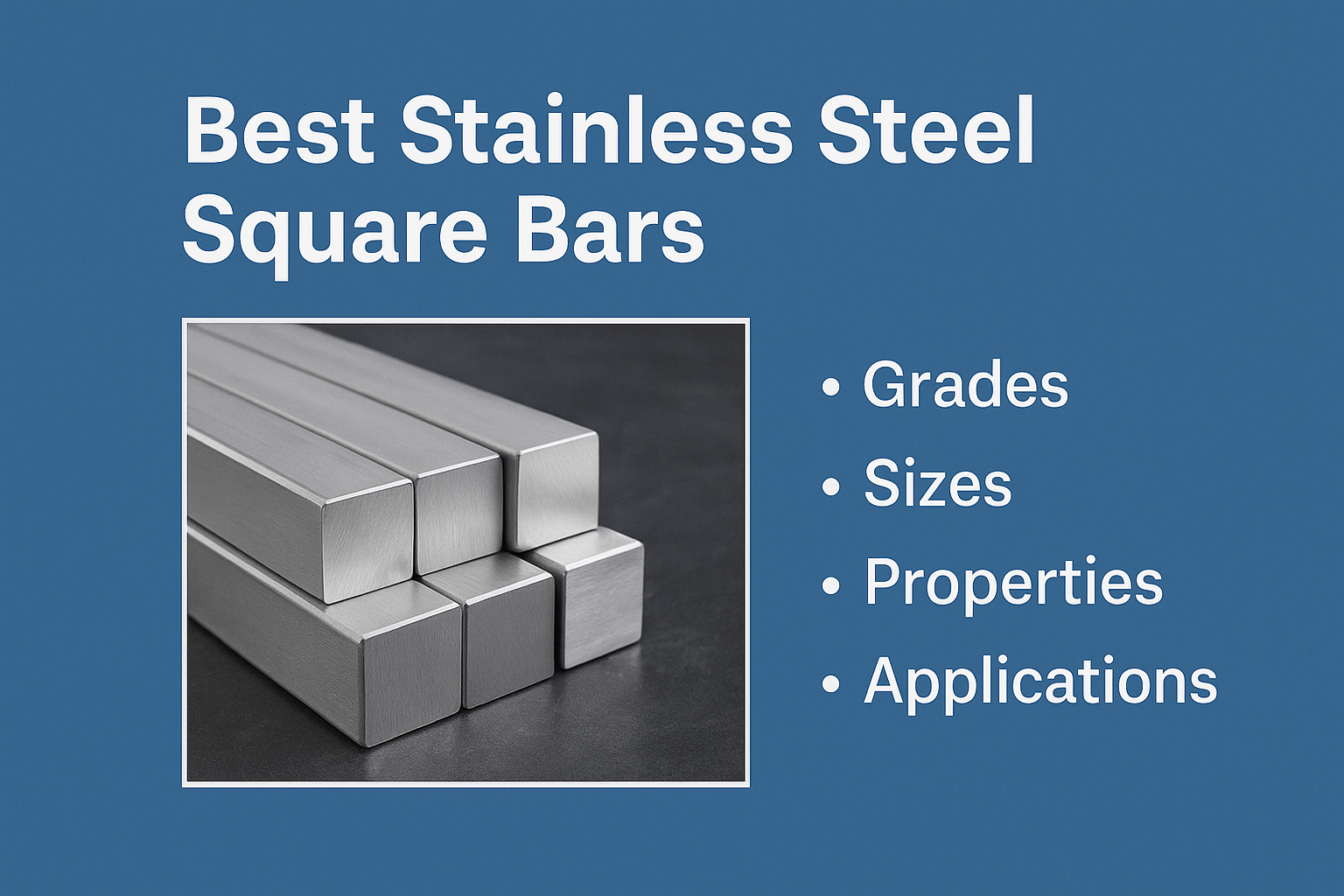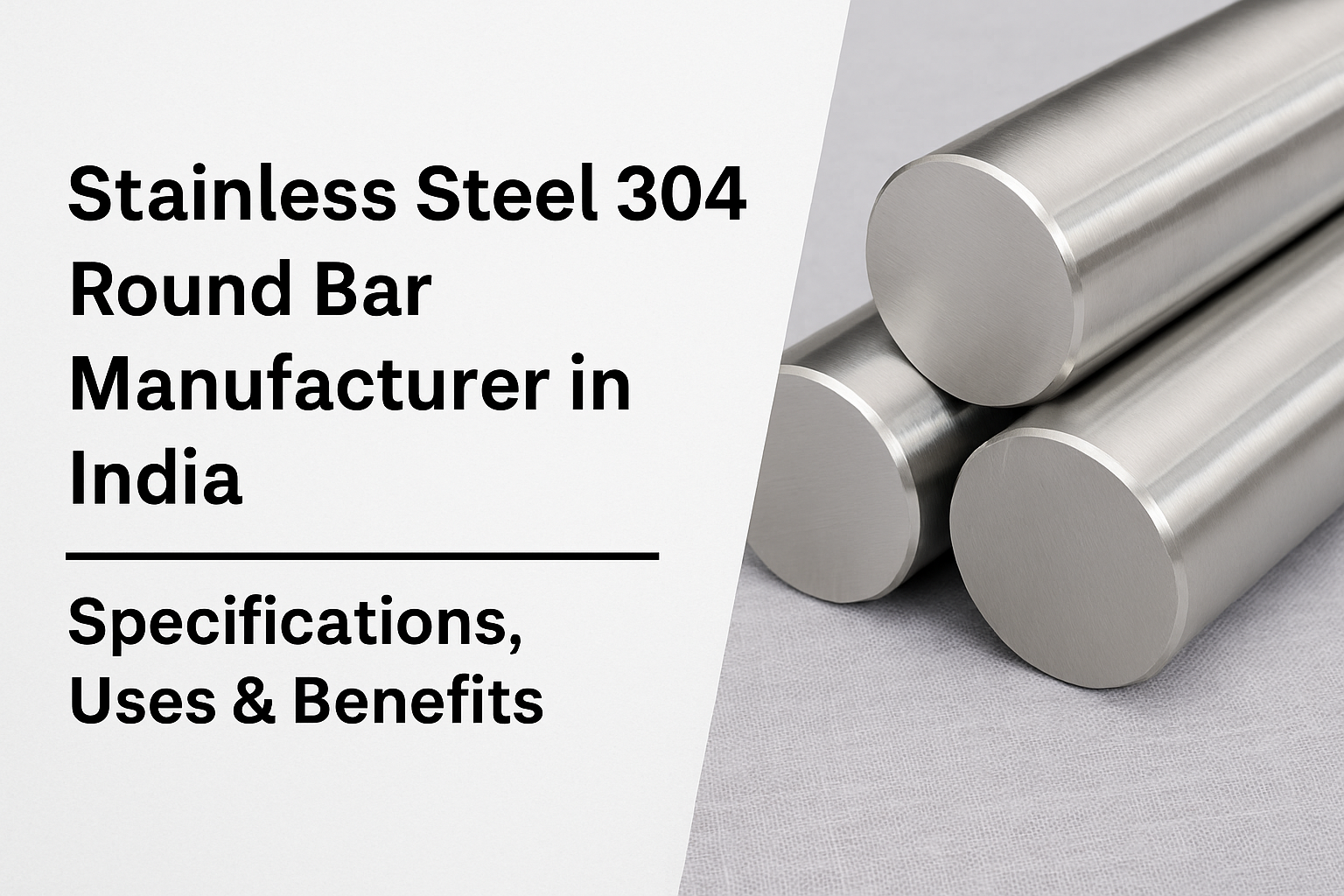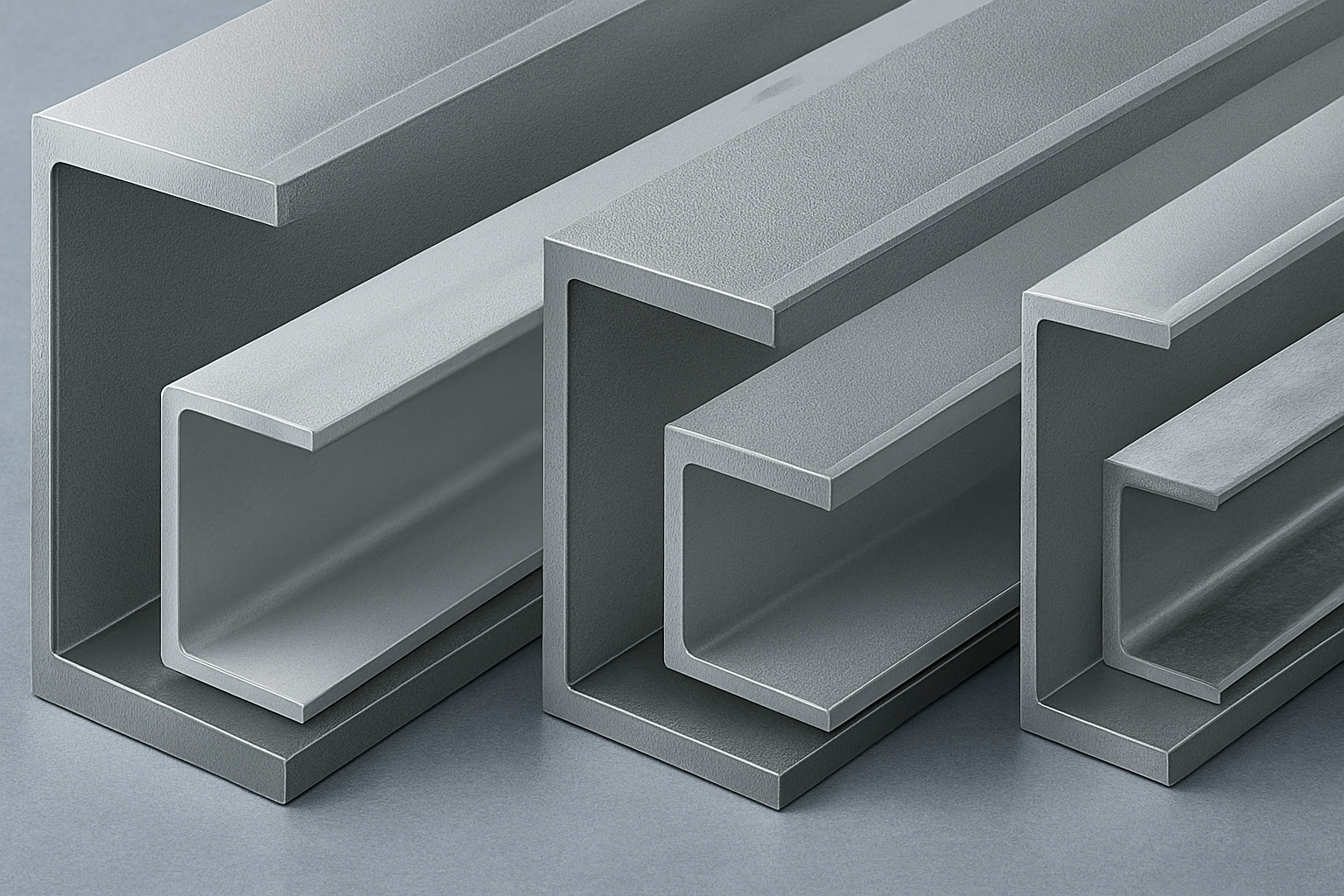Stainless steel angles are essential in construction, industrial work, and steel fabrication. The two most common types are SS 304 and SS 202. Even though the two stainless steel grades may look the same, they are different in grade, composition, function, and suit different applications. This blog takes a closer look at the main differences between SS 304 and SS 202 stainless steel angles, comparing their strengths and the best applications.
What Does Stainless Steel Angle Comprise?
An angle is characterized as stainless steel for angles are edged steel segments that are L-shaped, either equal- or unequal-legged. They provide support, along with beauty, in the construction of buildings, bridges, machine frames, brackets, and the like. They are also preferred in commercial and industrial works because of their great durability, strength, and resistance to corrosion.
Knowing SS 304 Stainless Steel
SS 304 is the most popular stainless steel grade. It is austenitic with high chromium (18%) and nickel (8%) content. The alloy has superior corrosion resistance, formability, and weldability due to its composition, making it suitable for severe environments as well as chemical exposure.
Important Features of SS 304 Angles:
- Excellent corrosion resistance in seawater and chemical environments
- Excellent formability and machinability
- High strength and durability
- Long service life with minimum maintenance
Learn About SS 202 Stainless Steel
This austenitic 202 grade stainless steel is similar to 304, having a lower nickel content and a higher amount of manganese. Because SS 202 lacks nickel, it functions as a more cost-effective alternative to SS 304, maintaining reasonable mechanical properties and moderate corrosion resistance.
Key Benefits of SS 202 Angles:
- Beneficial for cost-sensitive projects.
- Provides adequate strength and hardness.
- Suitable for indoor and low corrosion environments.
- Easy to weld and work with for fabrication.
Material Comparison: SS 304 vs SS 202 Stainless Steel Angles
SS 304 stainless steel is an industry favorite because it has about 8% nickel, a lower amount of manganese, and offers excellent corrosion resistance and weldability, making it convenient for outdoor, marine, and industrial environments. SS 202 stainless steel has lower nickel, around 4-6% and higher manganese, 7.5-10%. This makes SS 202 more economical for use in non-structural, decorative applications. Though SS 304 outlasts in outdoor use, SS 202 performs best in economical projects that are indoors and away from corrosive elements.
Best Applications for SS 304 Angles
- Chemical processing machinery
- Marine use
- Outdoor architecture
- Food and drink industries
- Pharmaceutical equipment
Best Applications for SS 202 Angles
- Decorative frames and trimmings
Interior framing and support
- Light fabrication work
- Furniture and household fixtures
- Dry environment railings
Which One Should You Choose?
SS 304 is considered superior if the project’s requirements include high resistance to corrosion, extreme environments, or long-lasting durability. Conversely, for low-exposure projects to moisture or chemicals, SS 202 offers great value for money.
Also Read: Stainless Steel Hexagonal Bars Grade 304: Strength, versatility & Corrosion Resistance
Conclusion
Both SS 304 and SS 202 stainless steel angles confer their unique strengths and can be used for disparate applications. Knowing the differences in chemical composition, performance, and cost facilitates SS 304 and SS 202 stainless steel angles. Always balance the project environment, budget, structural requirements and the selected stainless steel angle grade.






